Backing up your drive is an essential thing to do when you want to save your precious files. You look over to an external hard drive, in such case. Even though cloud backup has become a norm these days, there’s nothing as safe as storing your data on a physical device.
There different types of devices to store data like USB drives, CDs, and hard disks. An external hard drive is used to store a massive amount of data. They are portable and easy to use. External Hard Drives became a reliable source of data storage option for many. Your external drive can be from various companies like WD, Seagate, Toshiba, and many others.
But what if your External Drive starts malfunctioning? One of the common problems being that your external hard drive not showing up on your PC. If you are facing such problems, we have 5 simple and tested solutions that can fix the problem of external hard drive not showing up on your Windows PC or any other device.
How To Fix External Hard Drive Not Showing Up
When your External device starts acting up, it’s best that you check for these things as preliminary troubleshooting tips. The primary causes of your hard drive not showing can be the result of usage of a wrong file system, driver or partition problems, bad USB ports. But if the hard disk itself is dead, that can be your worst-case scenario.
1. Make Sure Your Drive Powers ON
Before you start troubleshooting, it’s best that you check whether the Hard Drive powers ON or not. Some devices use a separate power source, it’s best that you check for it before concluding that your drive doesn’t work. If it still doesn’t power on, check the USB cable for possible faults. Try swapping it with a different cable to see if the problem is with the USB ports, USB cable or the drive itself.
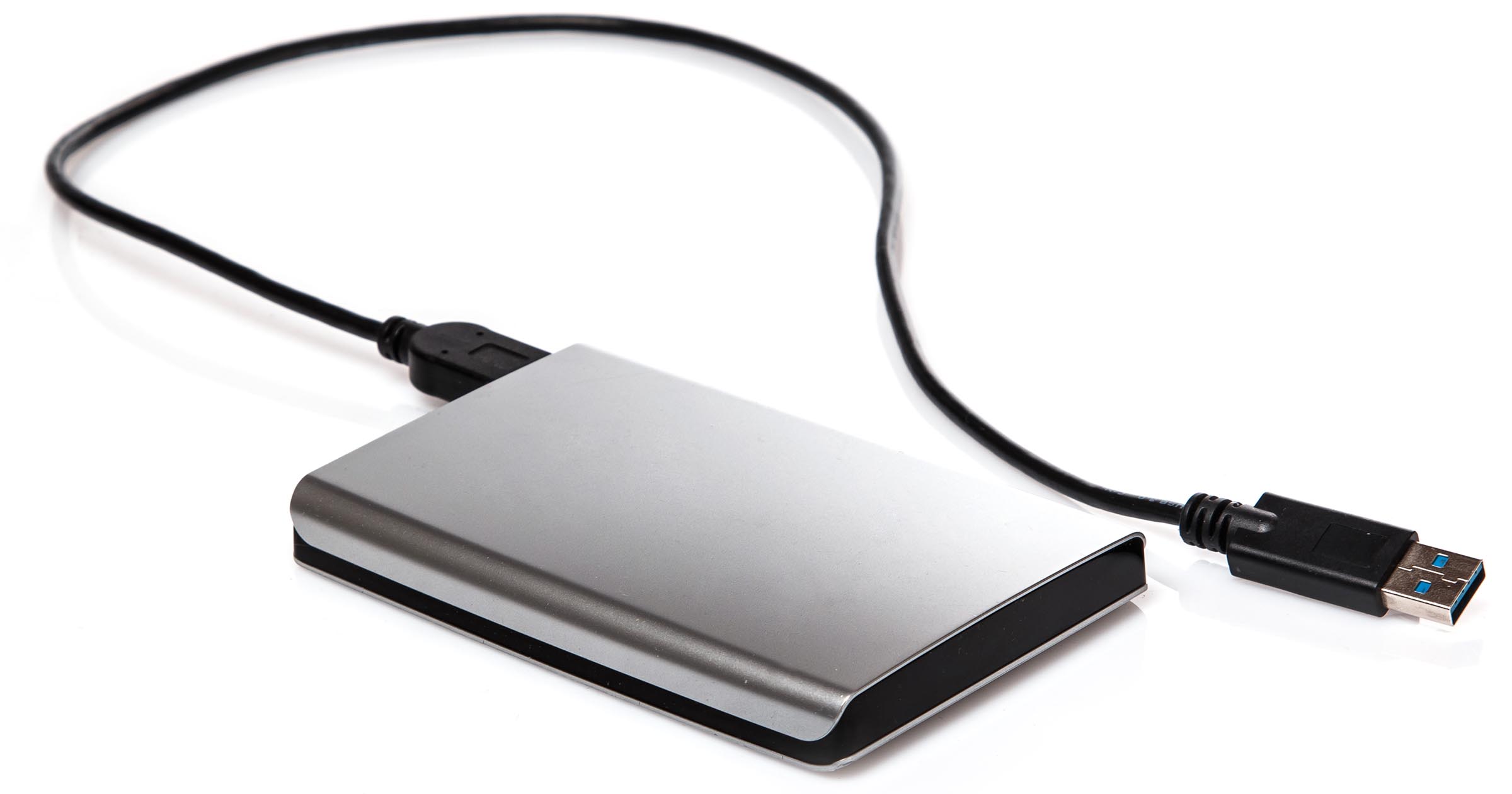
If your drive is perfectly fine, and still not working, then here are five things that you can do to fix your external hard drive not showing up on your PC. Before you start with the process, make sure to check if you plugged in your hard disk.
2. Check Disk Management For Hard Drive Detection
To check whether your hard drive is being detected or not, check the Disk Management tool. It lets you manage your storage devices connected to your PC. To check for Disk management, follow the steps below.
To open the Disk Management tool, click the Start button, and start typing “Disk Management” and press Enter. Once the Disk Management Window opens, you can see all the drives connected to your PC.
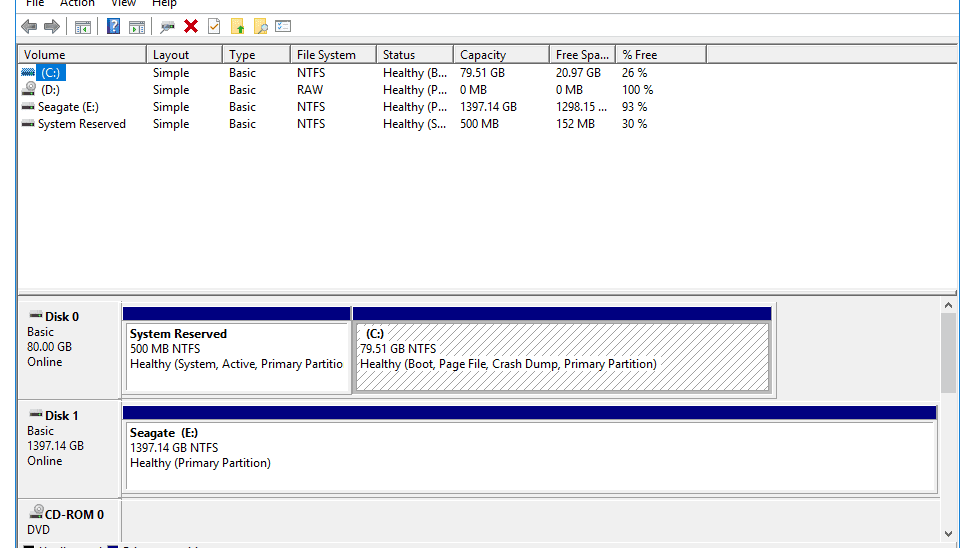
You should likely see your Hard Drive listed in the same window. If not, it means that your device doesn’t have any partitions yet. As a result, it should show up as a removable hard drive. If you don’t see anything listed, it’s a possibility of a hardware problem.
3. Try Other USB Port
If you still have your external hard drive not showing up on Disk Management, it might be a hardware issue. It is very likely your USB port is acting up. If you have the option of multiple USB ports, then try connecting your SSD/HDD to other USB ports.
If that doesn’t work, try unplugging your external SSD or HDD and re-inserting it. Also, if you use a USB hub to connect your external hard drive, try to connect the external HDD or SSD directly to your computer’s USB port.
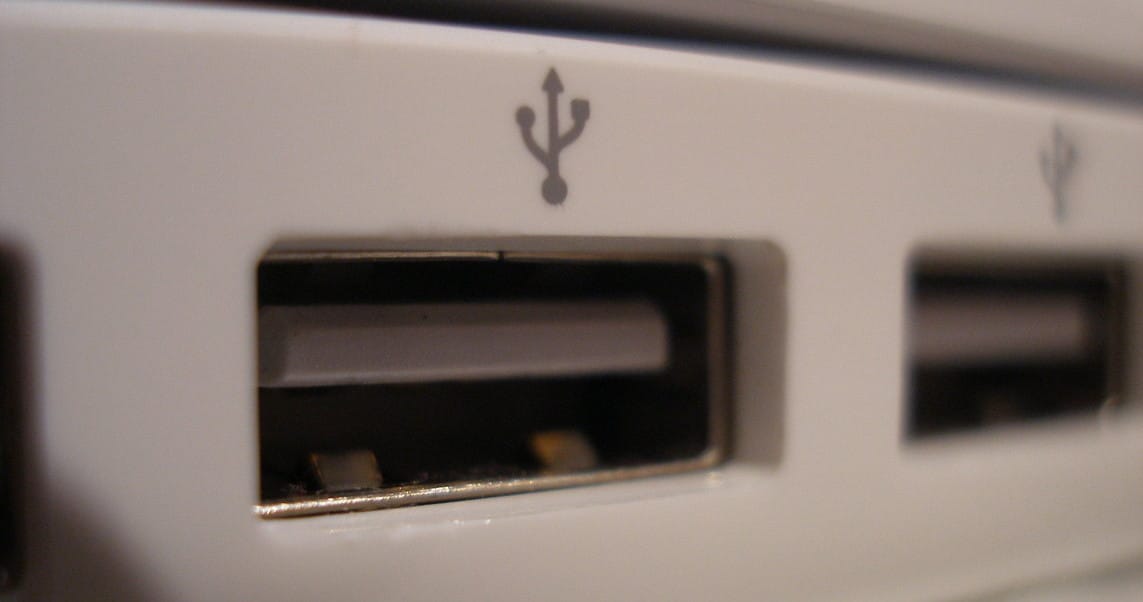
If that doesn’t work, try connecting the drive to another computer to check whether it’s the hard drive’s problem or the computer’s problem. There’s a slim chance that it’s a computer’s issue.
4. Check and Update Your Drivers
If the driver shows up on another computer, there’s a high chance that you got an issue with your drivers. You can check for Driver issues using the Device Manager tool.
To open up Device Manager, click on Start and start typing “Device Manager” and hit Enter. Alternatively, you can press Win + R buttons on the keyboard. This will open up the Run dialog box, type in devmgmt.msc and hit Enter.
This will open up the Device Manager window. In the Device Manager window, expand the Drivers tab. Check if any of the connected hard drives are showing a yellow exclamation mark. It means that your hard drive is having issues with drivers.
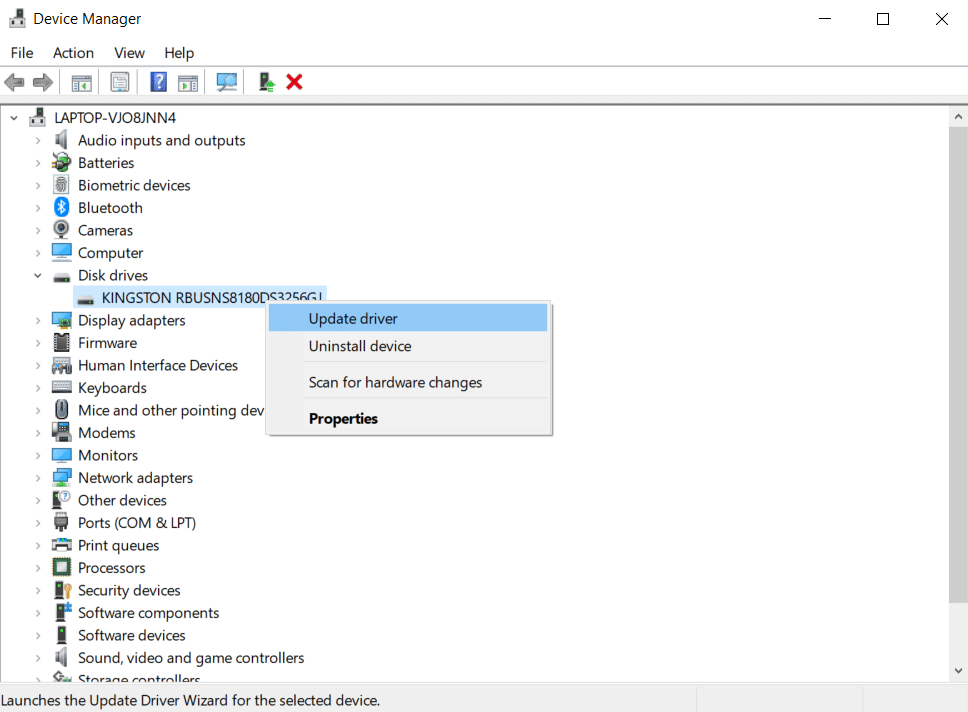
If you see such issue on any of the listed drives, it’s recommended to update the driver of the respective hard drive. To update the driver, right-click the hard drive that shows the yellow mark. Click on the Update Driver option, and click on “Search Automatically For Drivers,” and this will perform a Windows search for hard disk drivers.
If it still shows the yellow mark, right-click the hard drive and click on Properties. Check for the issue, and try to fix it. Additionally, you might have to perform a search on Google for the error. Sometimes you may also find a Rollback Driver option. It will revert any driver updates that were implemented recently. Try to use that option to see if it fixes the external hard drive detection issue for you.
5. Create New Drive Volume
If your external hard drive is detected, but still not showing up, it’s best to go to the Disk Management and create a New Volume and Format the Hard Drive. To create a new drive volume, and format it, follow the steps below.
Click Start and start typing “Disk Management,” and hit Enter. Now right-click the Unallocated space, and select “New Simple Volume” from the options below.
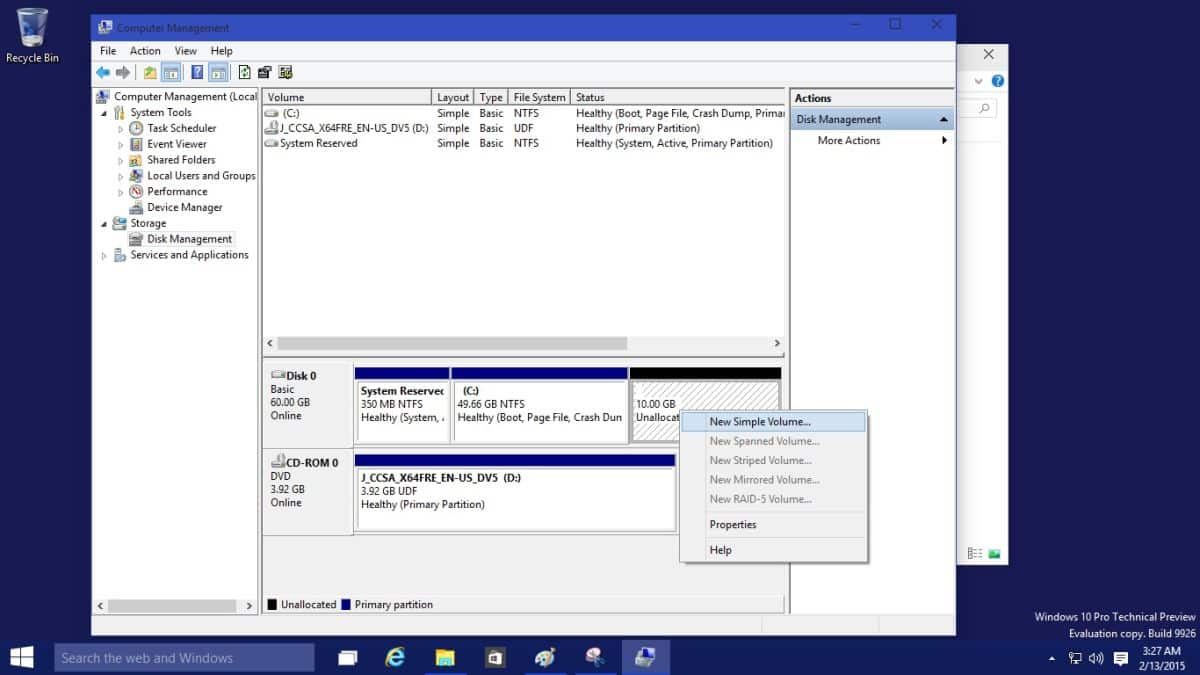
If you don’t see that option, make sure that your volume has a drive letter assigned. If not, you can do that by right-clicking the hard drive and select the “Change Drive Letter and Paths” option. Select the drive letter you want, and assign it to the respective drive.
6. Format Hard Drive
if your drive is still not showing, the last resort is to format your external hard drive. It can happen because the drive is partitioned with a different file system other than the one it supports. For example, Windows can’t read the file system that was used to format the external hard drive on a Mac or Linux.
To format your external hard drive, you can follow these steps below. But before you format the external hard drive, make sure to take a backup of your files on the hard drive. Note that Formatting your hard drive will erase the files on your external hard drive.
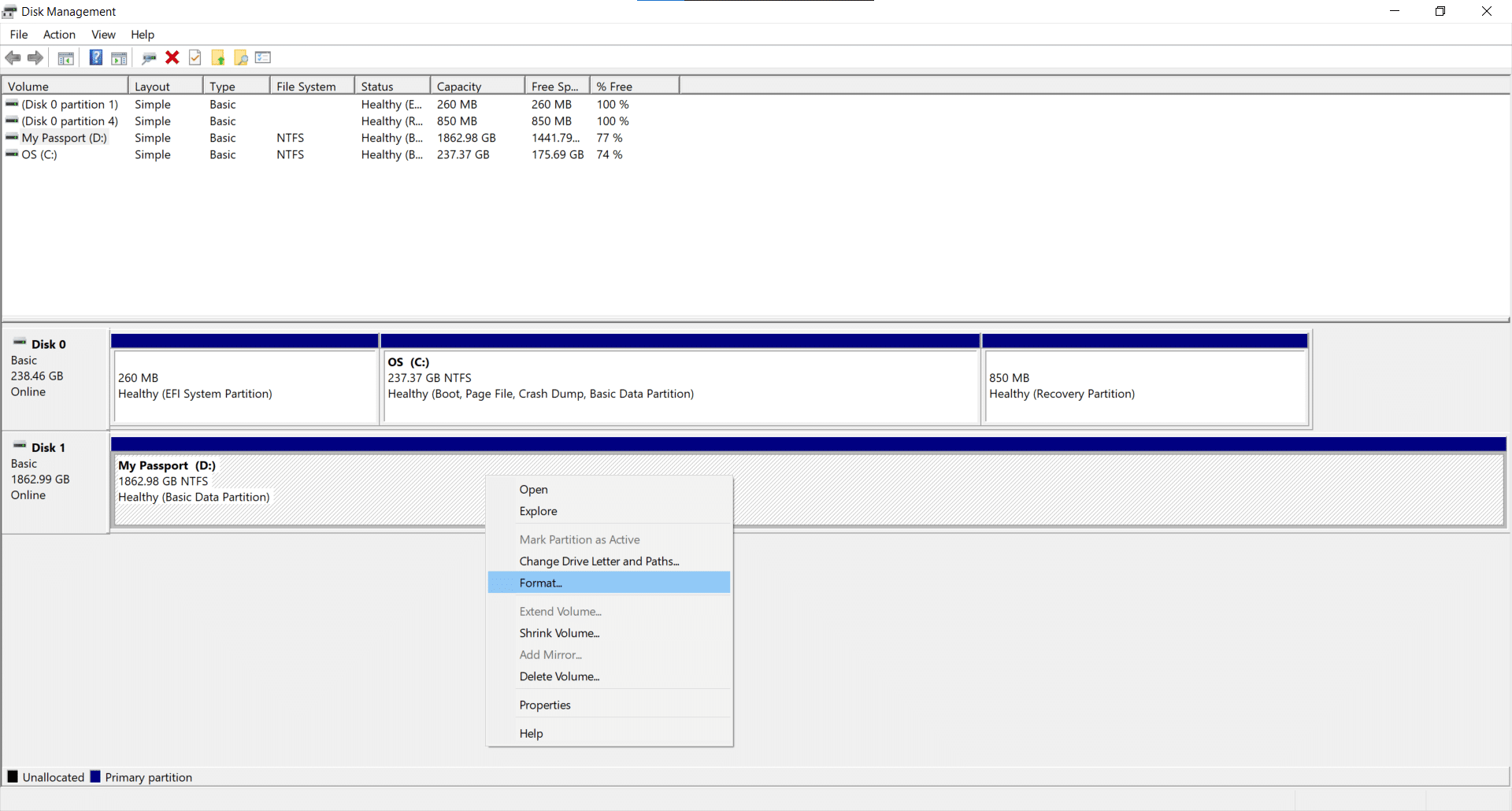
Click Start and type “Disk Management” and hit Enter. Then right-click your respective hard drive and choose Format option. Keep everything default and in the end, when you are asked to choose the file system, select the FAT32 system, which should be default already. Let the hard drive format, and your external hard drive should be good to go.
Conclusion – Your External Hard Drive is Fixed and Detected
We hope that the above methods fixed the problem of your external hard drive not showing up or recognizing. These methods can work for USB devices that are recognized as well. If the above methods don’t work for you or the hard drive doesn’t show up on other computers, it’s probably a dead drive. If you still face any issues, or you have any other suggestions, let us know in the comments below.
ALSO READ:
- 5 Simple Ways to Fix Google Play Services Keeps Stopping
- What is “System Interrupts” Process and How to Fix High CPU Usage Caused by System Interrupts
- How To Move and Rearrange Pages in Word in 3 Simple Ways
- How To Find Your Motherboard Model and Manufacturer on Your Windows PC
- How To Lock Facebook Profile for More Privacy in 4 Easy Steps